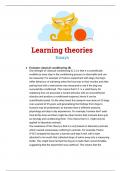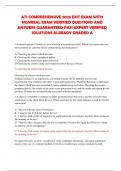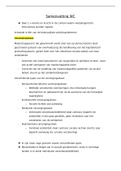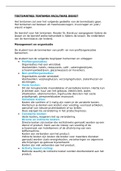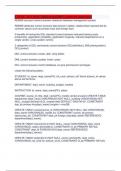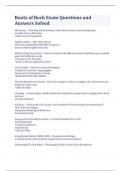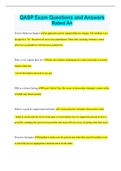Exam (elaborations)
learning theories 9 sample essays
- Module
- Unit 4 - Learning theories
- Institution
- PEARSON (PEARSON)
9 sample essays on learning theories topics - exam questions worth 8 marks each. including theories, treatments for phobias, classic and contemporary study, key question, Bandura's 1965 study evaluation.
[Show more]
